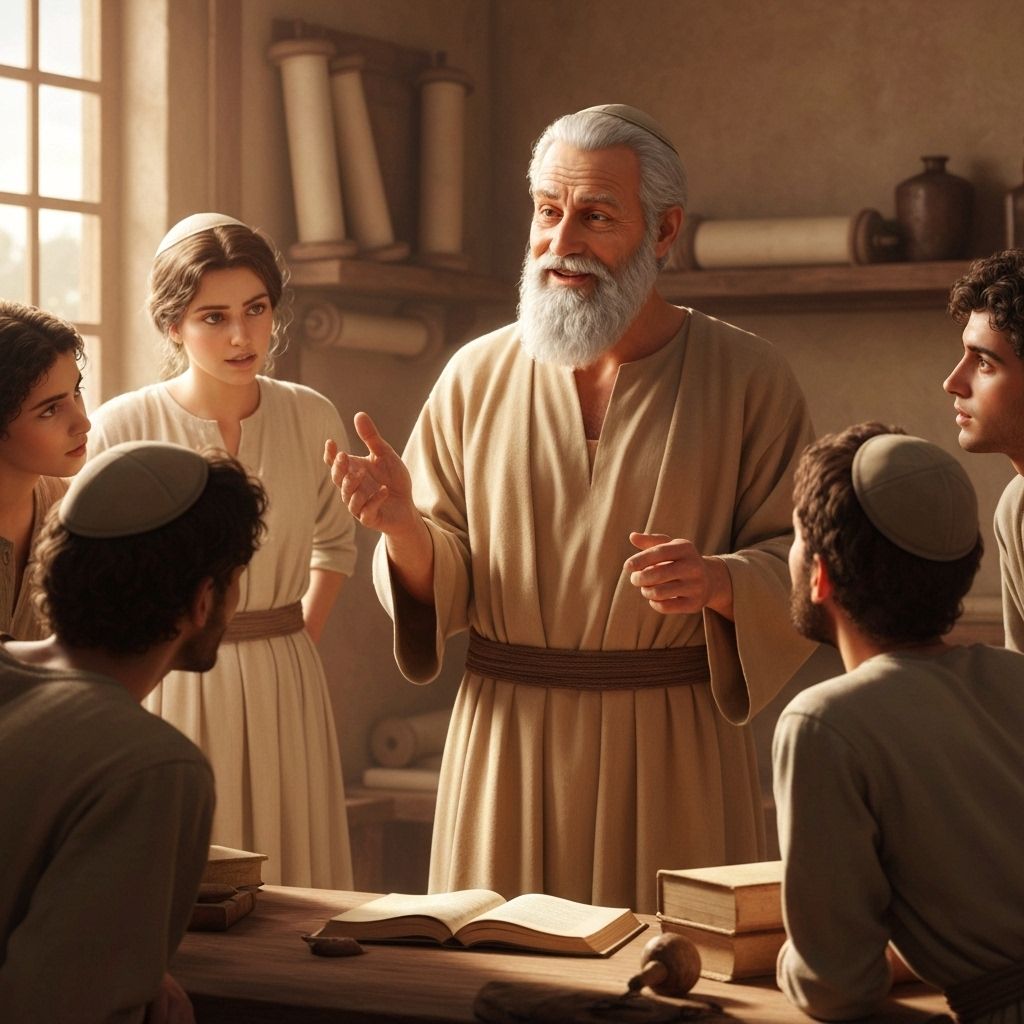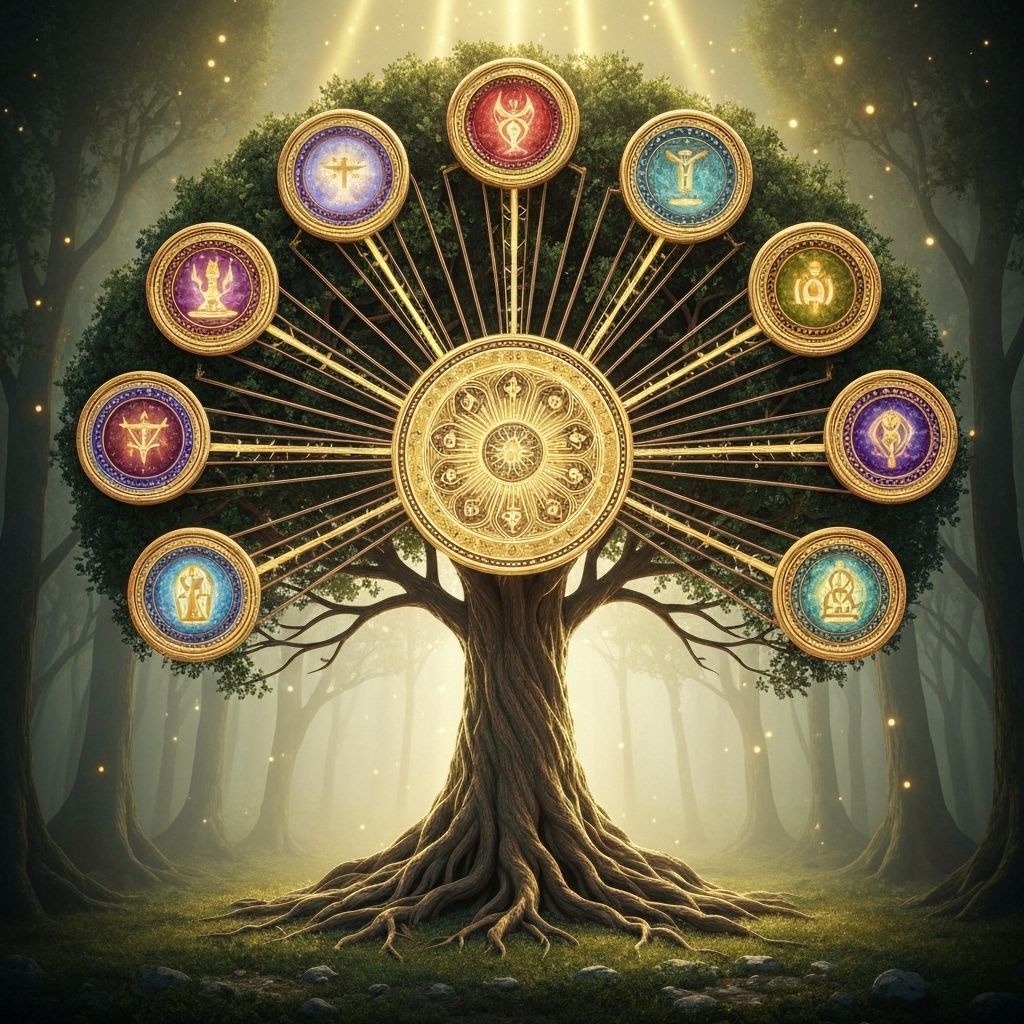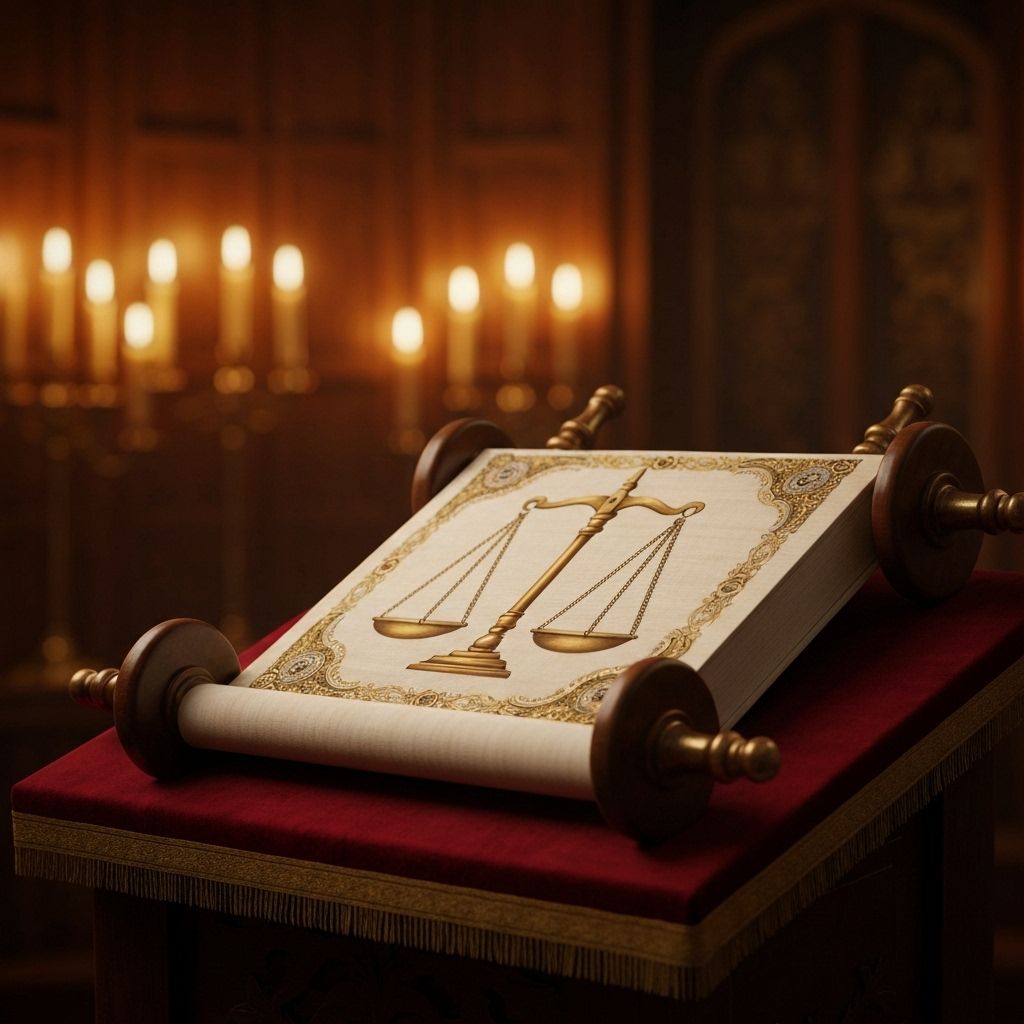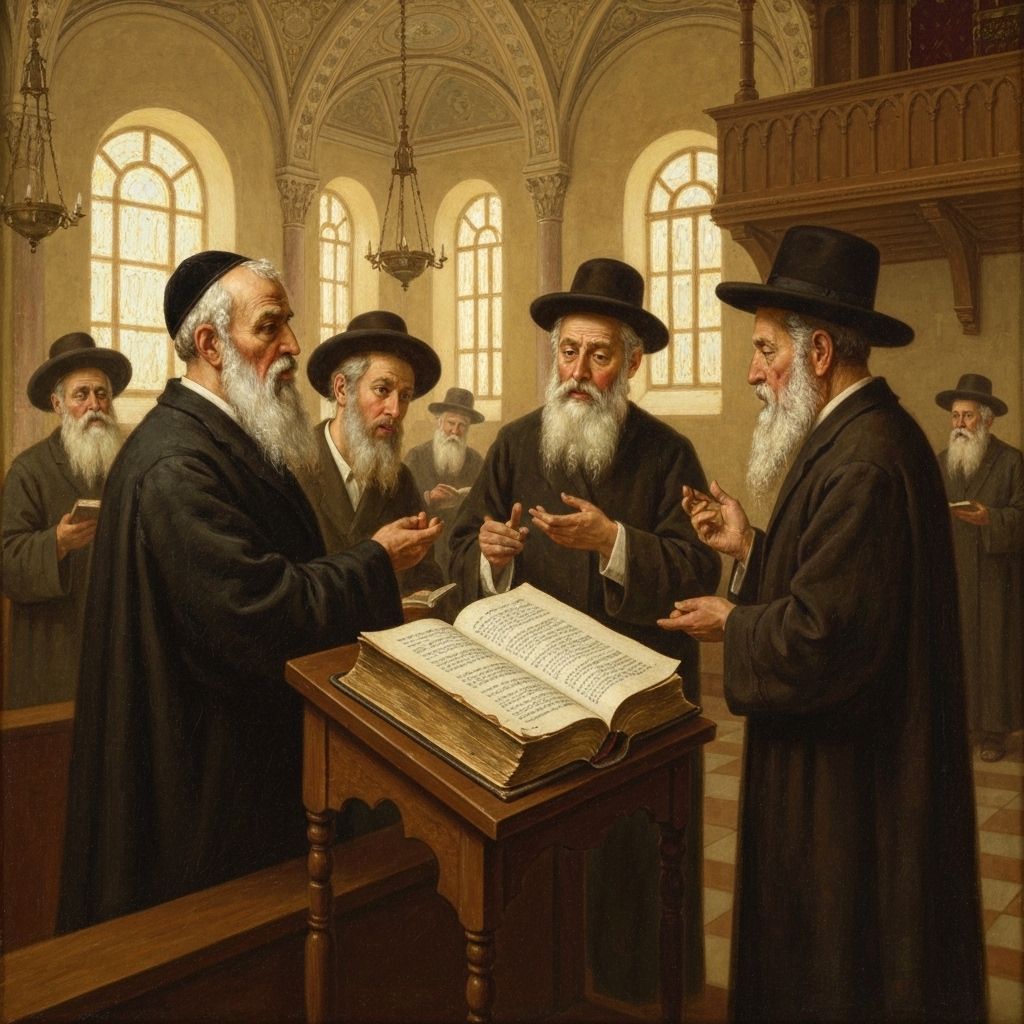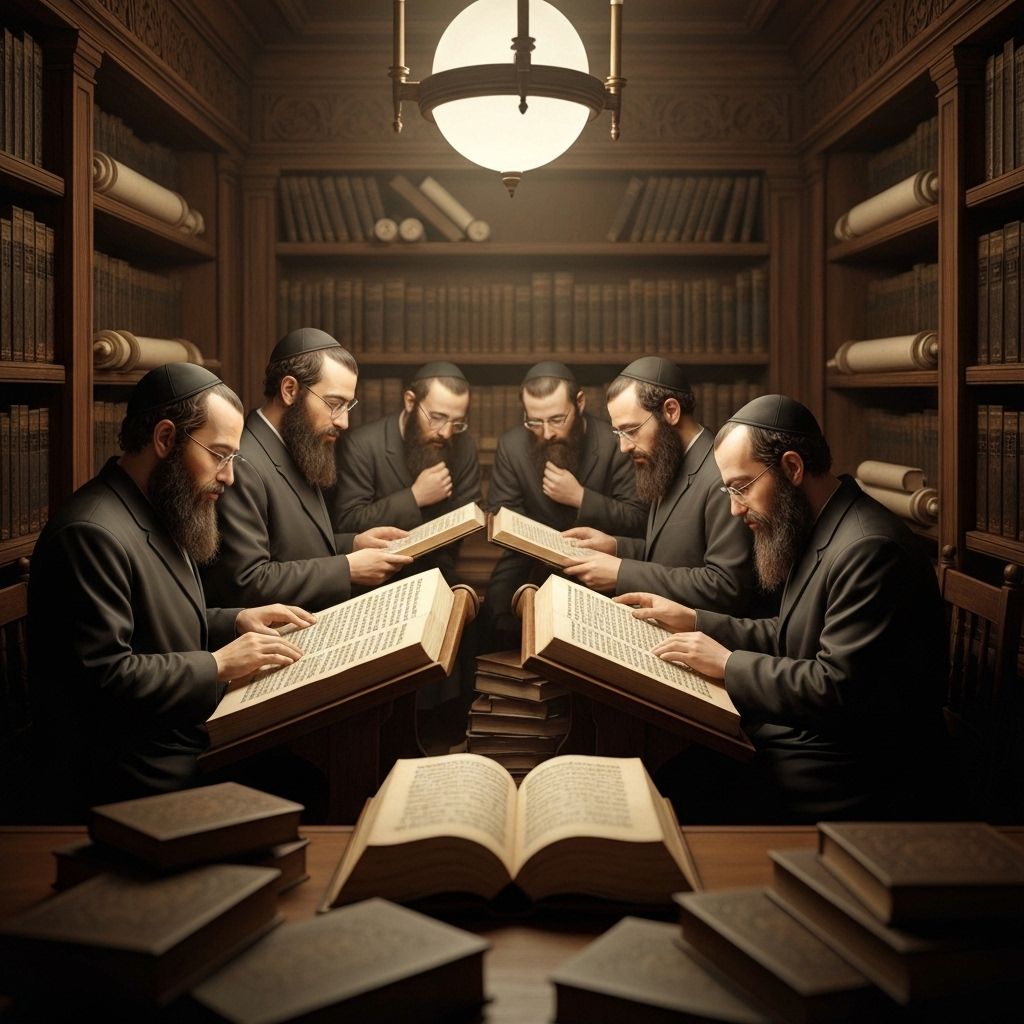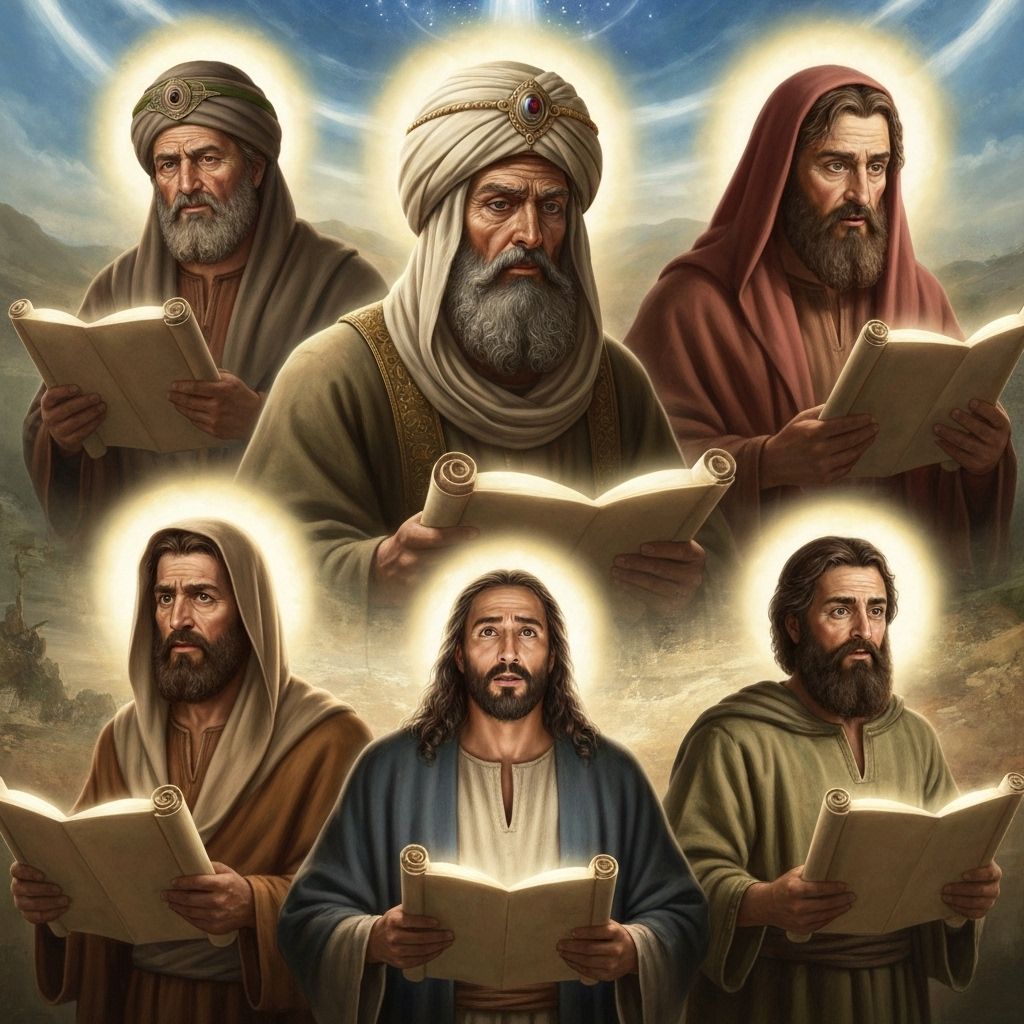3-Minute Summary
The Words of the Torah Explained with Help from Rashi and Ramban
Rashi (1040-1105) was a medieval French rabbi whose commentary on the Torah and Talmud is considered essential reading. His explanations focus on the plain meaning of the text and are known for their clarity and accessibility.
Ramban (1194-1270) was a Spanish rabbi, physician, and philosopher who provided deeper mystical and philosophical insights into the Torah, often building upon Rashi's work while adding his own profound interpretations.
Parsha Korach describes one of the most serious rebellions in Jewish history. Korach, a Levite, gathers 250 leaders to challenge Moses and Aaron's authority, claiming that all the people are holy and that Moses and Aaron have elevated themselves above the community.
The rebellion stems from jealousy and a desire for power. Korach and his followers bring incense and challenge Moses to prove his superiority. Moses responds by suggesting a test where each group brings offerings, allowing God to decide who is truly chosen.
The dramatic climax occurs when God causes the earth to open and swallow Korach, Dathan, Abiram, and their families, while fire consumes the 250 leaders who offered incense. This demonstrates God's clear judgment and protection of His appointed leaders.
The parsha concludes with further confirmation of Aaron's priesthood through the miracle of the blossoming almond rod, and establishes laws about priestly dues and responsibilities.


